Moving between homes can be one of the most disruptive phases of life. Whether your new place is not ready yet, you are relocating for work, or you are taking time to find the right fit, this in-between period can feel chaotic. With your life in flux and your belongings boxed up, the transition can quickly become overwhelming—especially if you have nowhere secure to keep your stuff.
Using storage during this time can ease the stress, simplify logistics, and help you stay organized through the uncertainty. It gives you a reliable place to keep your belongings safe without cluttering up someone else’s space or rushing your decisions. In this article, we will explore the smartest ways to use storage between homes so that you stay in control even when everything else feels up in the air.
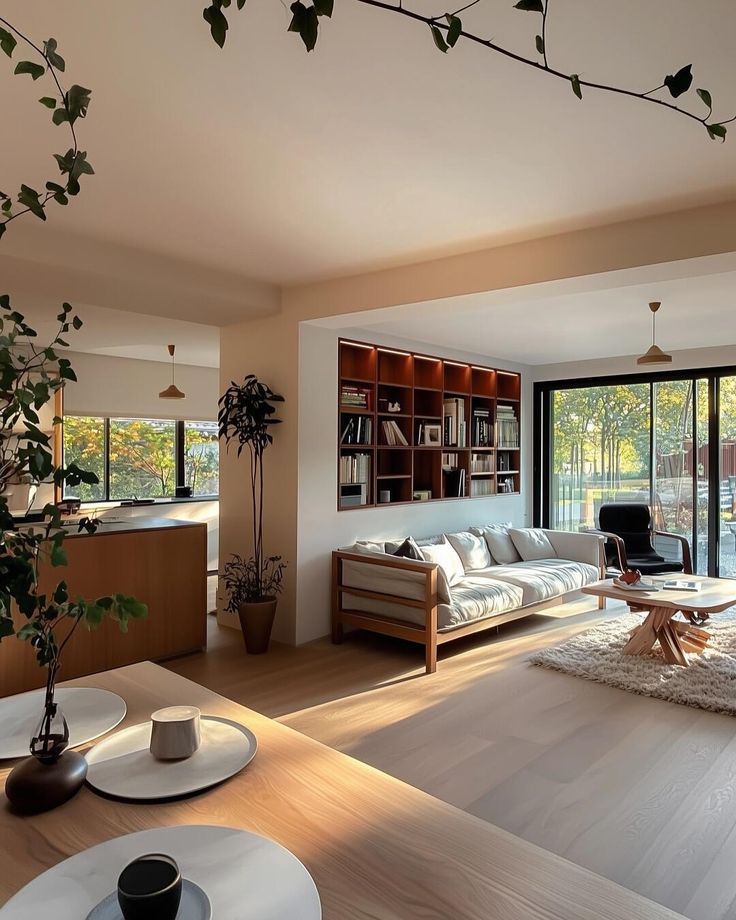
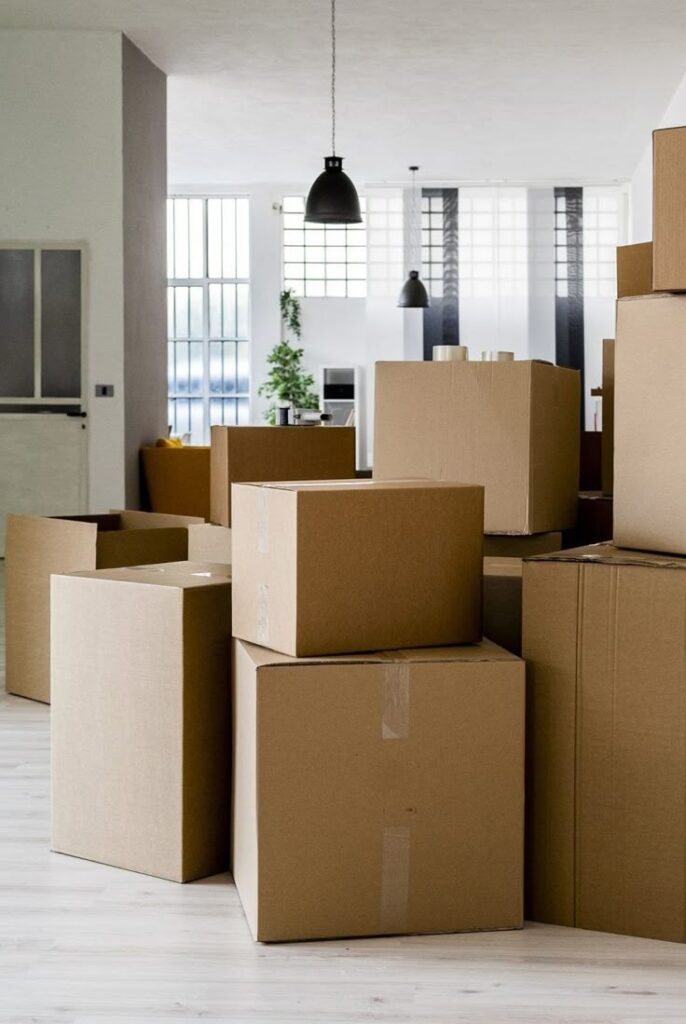
Identify What You Actually Need During the Transition Period
Separate Essentials from Long Term Items:
“The first step in using storage wisely is to know what you will need with you and what can wait. Create a clear division between essentials—like clothing, toiletries, electronics, and work tools—and the rest of your belongings. This will keep your daily life manageable and your temporary space clutter-free.
Pack these essentials in clearly labeled bins or suitcases. Think of it like packing for an extended trip. Everything else can be stored away until you are ready to unpack again. The less you carry, the more flexible and mobile you will be during the in-between phase.” – iboysoft.com
Be Realistic About Access Needs and Frequency:
Even while in transition, you may need access to specific items—documents, off-season clothing, or hobby equipment. When planning your storage, consider how often you might need to retrieve these things. Place less-used items at the back of your storage unit and frequently needed items near the front.
This thoughtful organization helps avoid frustration later. You won’t have to dig through everything just to grab one box. A little planning now saves hours of stress down the line.
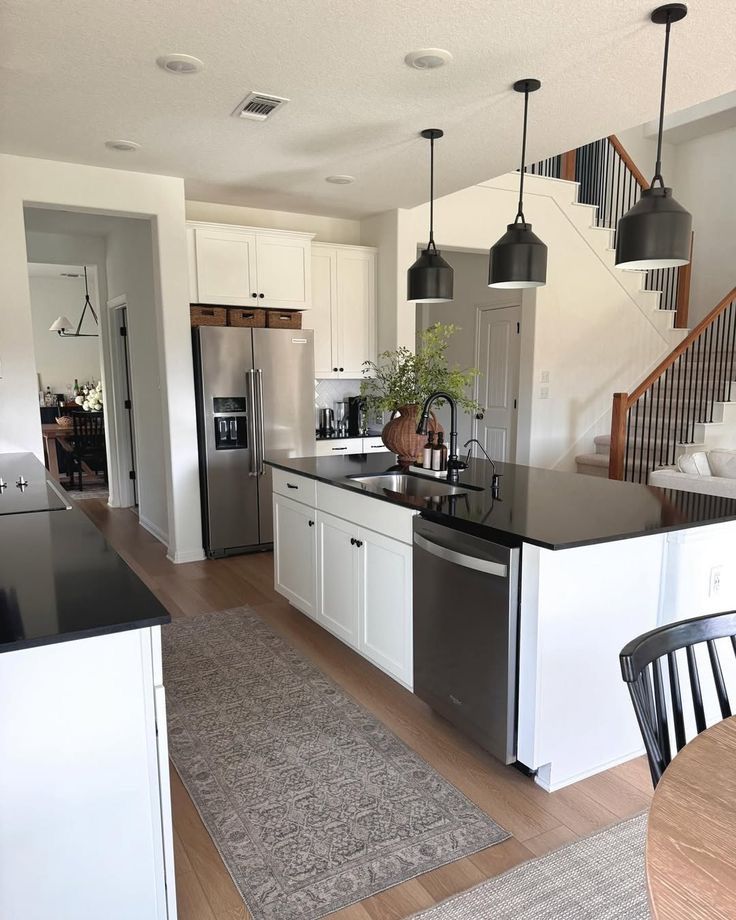
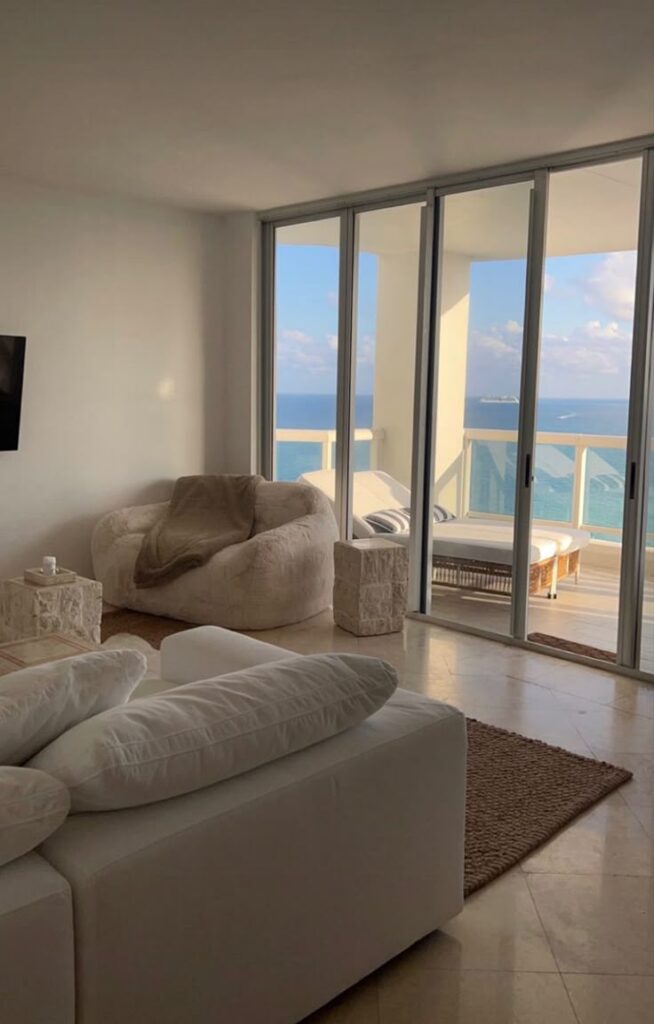
Choose the Right Storage Type Based on Your Timeline and Belongings
Understand the Differences Between Short Term and Long Term Storage:
If you know your housing situation will only be temporary, a short-term storage option might make the most sense. These tend to offer flexible month-to-month leases and easy access. For longer gaps—over three months—look for more secure, long-term storage with climate control and stable pricing.
Be sure to ask about insurance, access hours, and cancellation policies. You want to avoid surprises or fees that could complicate your move even more.
Consider Climate Controlled Options for Sensitive Items:
Electronics, wooden furniture, artwork, and delicate fabrics may require a climate-controlled space. This is especially important if your storage period spans a season with extreme weather. Climate control prevents warping, mold, and temperature damage.
Even if it costs slightly more, protecting valuable or sentimental items is worth it. In the long run, it’s cheaper than replacing what gets damaged.
Use Labeled Bins and Grouping Systems to Stay Organized
Choose Clear or Color Coded Bins for Easy Sorting:
Packing everything into brown cardboard boxes might seem simple, but it often creates confusion later. Use clear plastic bins or colored bins by category to quickly spot what you need. You can designate blue for kitchen items, green for books, or red for electronics, for example.
This method saves time when packing and unpacking—and makes your storage space feel much more manageable.
Label Every Box and Include Inventory Sheets:
Use bold, waterproof labels on every container. Include both the category and a few specific contents (e.g., “Kitchen: Blender, Bowls, Towels”). Keep an inventory sheet or take a photo of each bin’s contents before sealing it.
This system allows you to quickly reference what’s where—without having to guess or open boxes randomly. It’s especially useful if you’re living out of a suitcase and need to grab something mid-transition. – Holistiplan

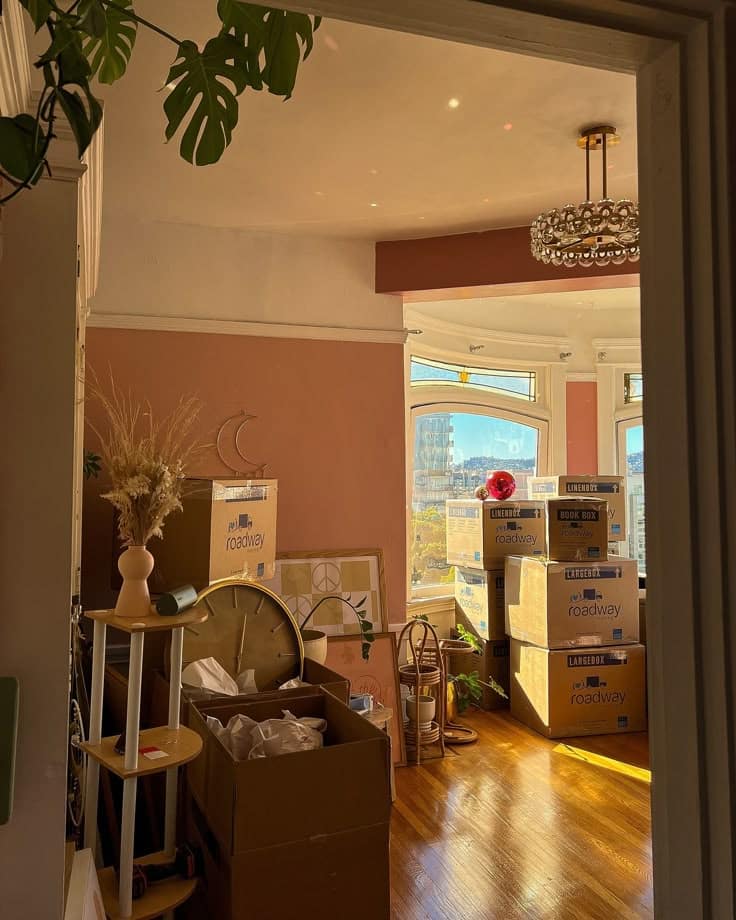
Declutter and Downsize Before You Store to Avoid Paying for What You Don’t Need
Use This Time to Make Intentional Decisions About Belongings:
Moving between homes is the perfect opportunity to evaluate what you truly want to keep. Ask yourself: Will I actually use this in my next home? Does this still serve a purpose? If the answer is no, it does not need to follow you into storage.
Decluttering now saves money and space. It also makes your eventual move-in smoother. You’ll only unpack the things that still feel useful, valuable, or meaningful.
Donate or Sell Items Instead of Paying to Store Them:
You may be surprised at how much space is taken up by items you no longer want or use. Rather than renting a larger unit just to hold onto things “just in case,” sell or donate them instead.
Good candidates for removal include:
- Clothes that no longer fit
- Old textbooks or paperwork
- Duplicate kitchen items
- Extra furniture from past homes
Letting go lightens your load and helps someone else in the process.
Plan Ahead to Make Loading and Unloading Fast and Simple
Disassemble Furniture and Use Uniform Bin Sizes:
Large or awkward furniture should be disassembled to save space and prevent damage. Keep screws and hardware in labeled bags taped to each item. Use uniform bin sizes where possible—they stack more efficiently and reduce tipping risks.
Smart packing maximizes every inch of your unit and makes it easier when it’s time to move out.
Create Pathways and Zones Inside Your Storage Unit:
Instead of stacking everything to the ceiling, leave a small aisle in the center for access. Group items into zones—like “kitchen,” “office,” “bedroom”—so you can locate things without digging.
Packing tip:
- Heaviest items on the bottom
- Fragile items in the center
- Daily-use or access-needed items near the front
A little layout planning saves hours of reorganization later.
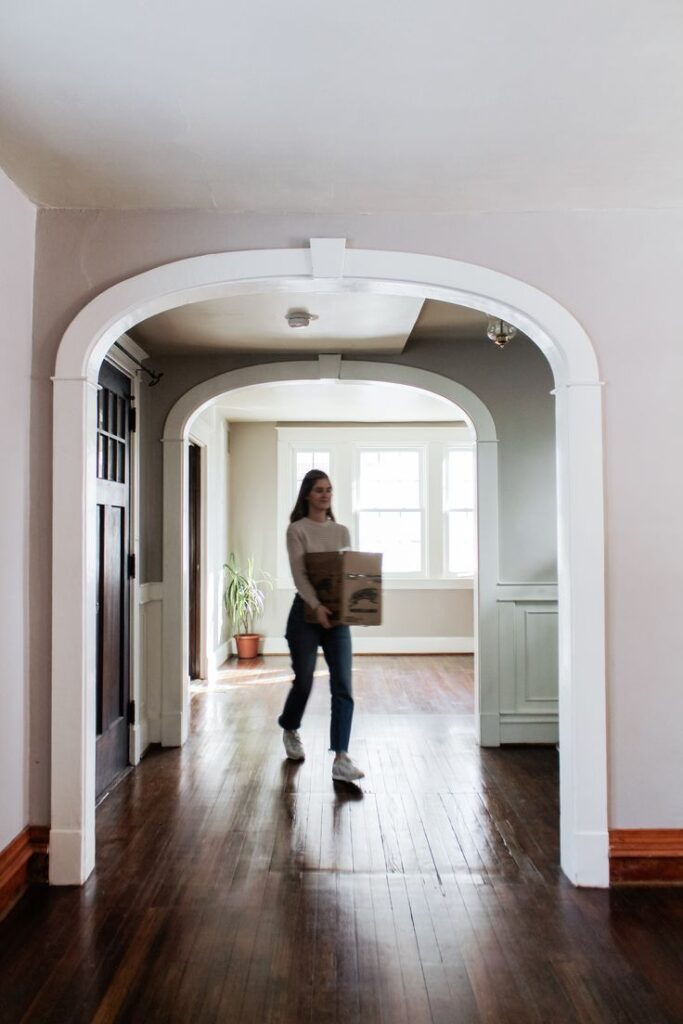
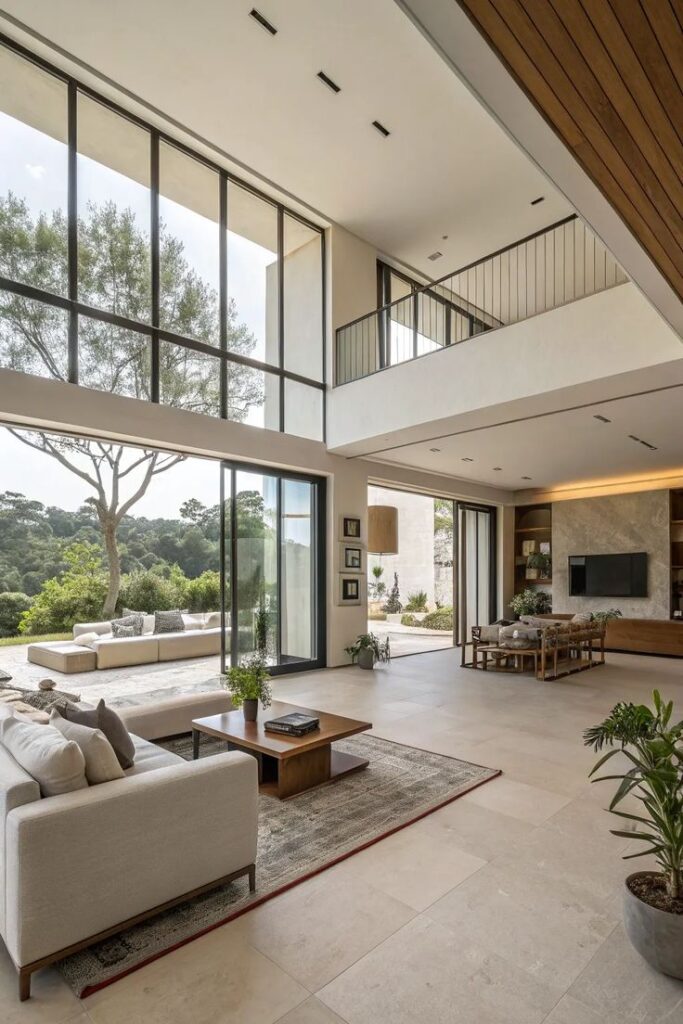
Explore Budget Friendly Options That Meet Your Needs Without Extra Costs
Compare Locations Pricing and Special Offers:
Storage facilities vary widely in pricing and service. Check multiple locations and ask about move-in specials, referral discounts, or waived fees for short-term rentals. Some offer free moving trucks or boxes with new rentals.
If you’re in the LA area, you’ll find competitive options for affordable storage in Los Angeles, offering flexible units that fit both budget and schedule. It’s a smart choice if you want safe, accessible storage without overspending during a housing transition.
Avoid Paying for Space You Don’t Need:
It’s easy to overestimate how much room you’ll need. Take measurements of large items and tally how many bins you plan to store. Most facilities offer 5×5, 5×10, and 10×10 units—choose the smallest one that fits your belongings to cut costs.
When in doubt, ask for a tour or 3D unit preview before renting. That way, you get exactly what you need—nothing more, nothing less.
Use Storage as a Bridge When Living Temporarily with Family or Friends
Respect Shared Space by Storing Nonessentials Elsewhere:
If you are crashing at a relative’s place or staying with a friend, it can be tempting to bring everything with you. But that quickly creates tension in shared spaces. Keep only your essentials and move everything else into a storage unit.
This not only keeps your temporary living arrangement comfortable, but also helps you keep your personal items separate, organized, and protected.
Pack a Transition Kit to Keep Life Simple:
“Prepare a box or suitcase of essentials you’ll use daily: clothing, electronics, important documents, chargers, hygiene products, and a few personal comforts. This keeps you mobile and avoids the need to visit your storage unit constantly.” – Outdoor Digital Signage
Having everything you need in one place reduces stress and helps you stay focused on finding your next permanent home.
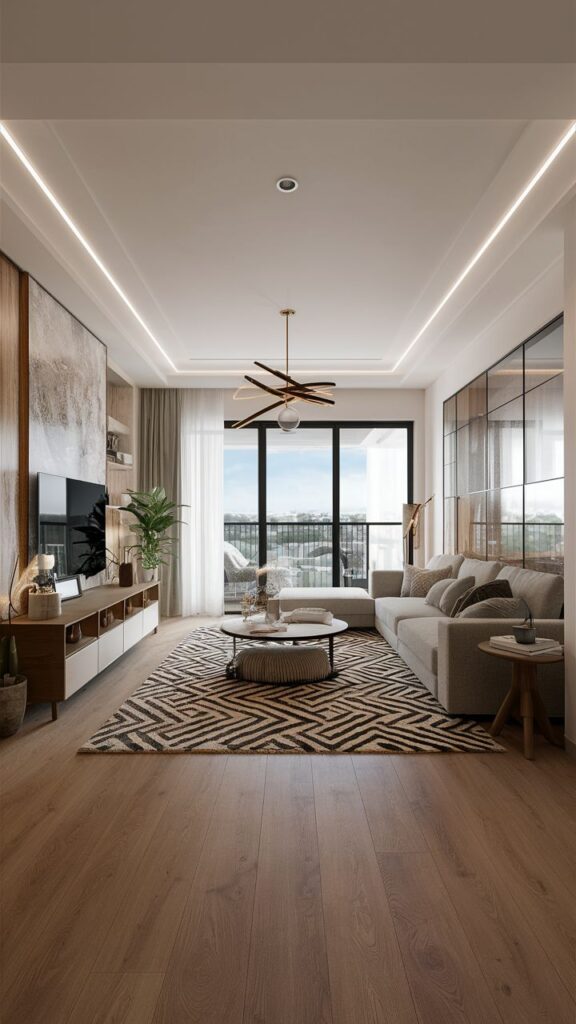
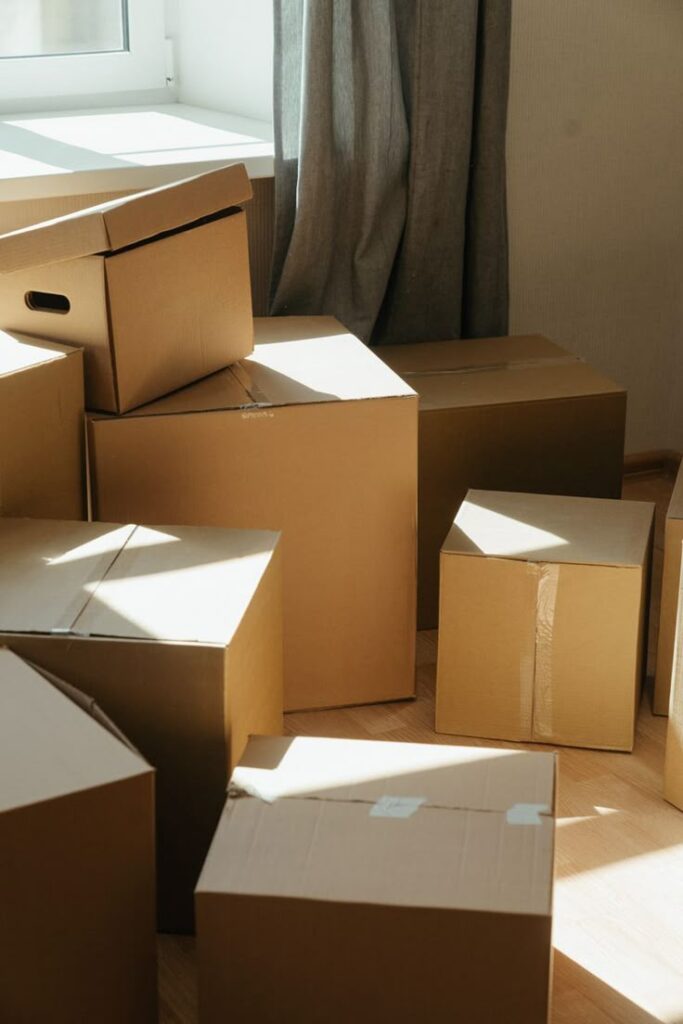
Stay Flexible and Adjust Your Storage Plan as Your Situation Change
Extend or Reduce Space Based on Your Timeline:
Life does not always go according to plan. Maybe your move-in date gets pushed back—or maybe it arrives sooner than expected. Make sure your storage plan includes flexible terms so you can upgrade, downsize, or cancel when needed.
Regularly reassess how much you’re storing and how often you’re accessing it. That way, you won’t waste time or money on a setup that no longer fits.
Set Reminders to Revisit and Review Contents Every Few Months:
Storage can easily become out of sight, out of mind. Set calendar reminders every 60–90 days to check in on your unit. You may discover items you’re ready to donate or bring into your temporary space—or confirm that your current plan still works.
This practice keeps you in control and helps you avoid accumulating long-term storage fees for things you no longer need.
Conclusion:
When you’re between homes, the right storage plan can give you structure during a chaotic time. It keeps your belongings safe, reduces clutter in temporary spaces, and helps you move forward with confidence. From deciding what to store to choosing the right size unit, small decisions make a big impact.
Remember, transitions do not have to feel messy. With a little organization, flexibility, and intention, you can make this period smoother and less stressful—and set yourself up for an easier move into your next home.
- 0shares
- Facebook0
- Pinterest0
- Twitter0


